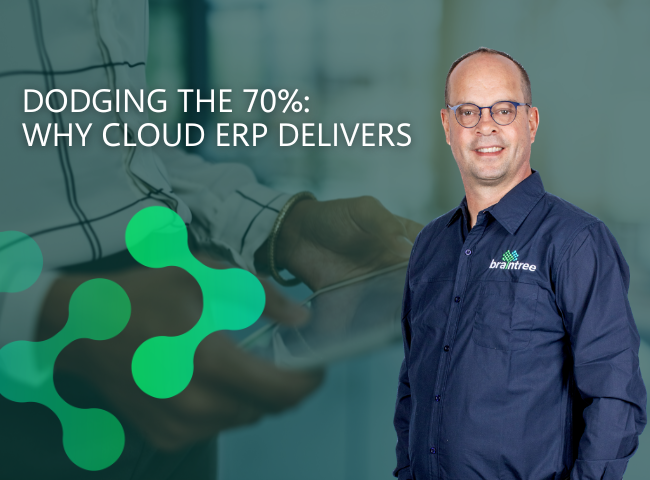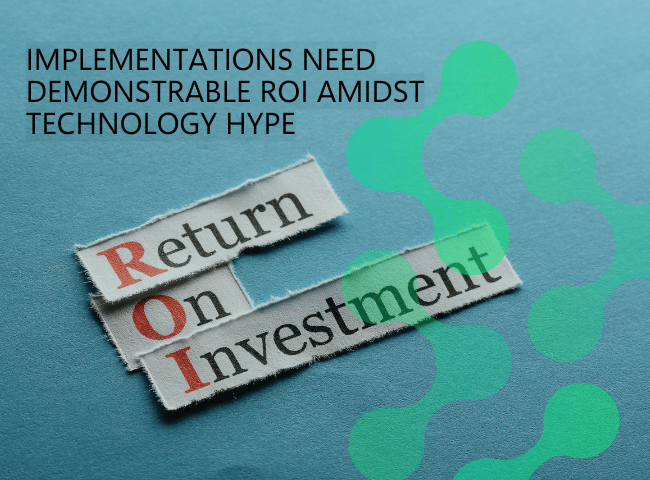A Data Analytics Solution for the AI Era
Microsoft has recently announced what it regards as being the most significant analytical breakthrough since the inception of its SQL Server, namely the launch of Microsoft Fabric. While this is a bold statement, the proclamation does, however, underscore the significance of these advancements.
The introduction of Microsoft Fabric – an end-to-end unified data analytics platform, which brings together all the data and analytics tools that organisations need – is set to revolutionise the data analytics landscape in a number of ways.
In Microsoft Fabric, the company has ingeniously consolidated several of its high-performance analytical tools into a singular, unified service. The integration of these resources is not merely superficial; they are designed to complement and amplify each other in ways that are unprecedented in the industry.
The Critical Need to Harness Data
Data analytics – the science of analysing raw data to make conclusions about information – helps organisations to optimise their performances. Implementing data analytics into the business model means companies can reduce costs by identifying more efficient ways of doing business and by storing large amounts of data.
Today’s world is brimming over with data, streaming continuously from our interactions and devices as well as the applications that we build – we have text, audio, video and image data available in vast quantities. Organisations across all industries must harness this data to digitally transform and thereby gain competitive advantages. As we enter a new era defined by AI, data analytics is becoming even more important.
Weaving It All Together
Microsoft Fabric is an end-to-end analytics solution with full-service capabilities including the following:
- Data movement: The transfer of data between cloud or on-premise data stores;
- One lakes: Centralised repositories designed to store, process and secure large amounts of structured, semi-structured and unstructured data;.
- Lakehouse: Microsoft Fabric Lakehouse is a data architecture platform for storing, managing and analysing data that allows for data meshing;
- Data engineering: The complex task of making raw data usable to data scientists and groups within an organisation;
- Data integration: Bringing together data from multiple sources across an organisation to provide a complete, accurate and up-to-date data set for business intelligence (BI), data analysis and other applications and business processes;
- Data science: The study of data to extract meaningful insights for business;
- Real-time analytics: The use of data and related resources for analysis as soon as it enters the system; and
- Business intelligence: The combination of business analytics, data mining, data visualisation, data tools and infrastructure, and best practices to help organisations make more data-driven decisions.
Microsoft Fabric integrates existing technologies like Azure Data Factory, Azure Synapse Analytics and Power BI to name a few into a single unified product, empowering both data and business professionals to unlock the potential of their data and lay the foundation for the era of AI.
Microsoft Fabric and Generative AI
Generative AI and language model services, such as Azure OpenAI Service, are enabling customers to create chatbots, generate text, translate languages and write different kinds of creative content.
Powering organisation-specific AI experiences requires a constant supply of clean data from a well-managed and highly integrated analytics system. However, most organisations’ analytics systems are somewhat of a maze of specialised and disconnected services – a situation that arisen because of fragmented data within the AI technology market, through an abundance of vendors and service offerings.
Today, Microsoft Fabric takes away the customer’s burden of connecting together a complex set of separate services from multiple vendors, and instead enables these services to function together.
Unleashing the Power of Microsoft Fabric
Microsoft Fabric addresses every aspect of an organisation’s analytics needs.
A Complete Analytics Platform
Every analytics project has multiple sub-systems, and this often requires the use of products from multiple vendors. Integrating these products can be both complex and costly.
With Microsoft Fabric, customers can use a single product with a unified experience and architecture that provides all the capabilities required for a developer to extract insights from data and present it to the business user. Microsoft Fabric empowers every team in the analytics process with the role-specific experiences they need, so data engineers, data warehousing professionals, data scientists, data analysts and business users are all comfortable despite their varying business requirements.
Dip Your Toes Into OneLake
Microsoft Fabric comes with a Software-as-a-Service (SaaS) multi-cloud data lake called OneLake that is built-in and automatically available to every customer.
All Microsoft Fabric workloads are automatically wired into OneLake, just as all Microsoft 365 applications are wired into OneDrive. Data is organised in an intuitive data hub, and automatically indexed for discovery, sharing, governance and compliance.
OneLake provides a single, unified storage system for all developers, where the discovery and sharing of data are both easy, with policy and security settings enforced centrally.
A key capability of OneLake is ‘Shortcuts’, whereby OneLake allows easy sharing of data between users and applications without having to move and duplicate information unnecessarily. Shortcuts enables developers to compose and analyse data across clouds.
Another amazing feature is that one lake stores a single copy of the data into a delta parquet file which is optimised for large data volumes using v-order indexing. It keeps this file and the different compute engines can now access it making it easier for your spark, python or SQL developers to access the data.
Powered by AI
Microsoft Fabric is infused with Azure OpenAI Service at every layer to help customers unlock the full potential of their data.
The enablement of Microsoft Copilot within the Microsoft Fabric experience means that users can use conversational language to create dataflows and data pipelines, generate code, build machine learning models and or visualise results with the use of LLM’s and Microsoft graph
…And Empowering Every Business User
Microsoft Fabric enables our customers to create a data culture in which everyone in the organisation is empowered to make better decisions based on data. This is brought about because Microsoft Fabric is deeply integrated with the Microsoft 365 applications people use every day.
Power BI is a core part of Fabric and is already infused across Microsoft 365. Through Power BI’s integrations with popular applications such as Excel, Microsoft Teams, PowerPoint and SharePoint, relevant data from OneLake is easily discoverable and accessible to users right from Microsoft 365, helping customers drive more value from their data.
Reducing Costs Through Unified Capacities
Purchasing and managing resources is tremendously simplified with Microsoft Fabric. Customers can purchase a single pool of computing that powers all Microsoft Fabric workloads. The universal compute capacities significantly reduce costs, as any unused compute capacity in one workload can be used by any of the workloads. You also have the flexibility of switching the service on or off for cost saving benefits.
The Speed of Change
It can thus be seen that Microsoft Fabric’s introduction marks a paradigm shift in the journey towards artificial intelligence. Rather than viewing this progression as a marathon, Microsoft Fabric positions it as a ground-breaking sprint, fundamentally reshaping the landscape.
More importantly, it addresses all these aforementioned business adversities by addressing every aspect of an organisation’s data analytics needs.








